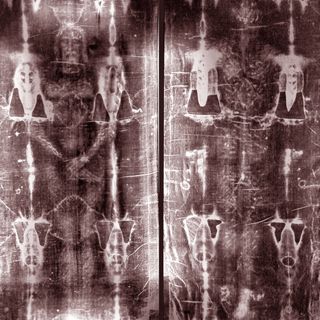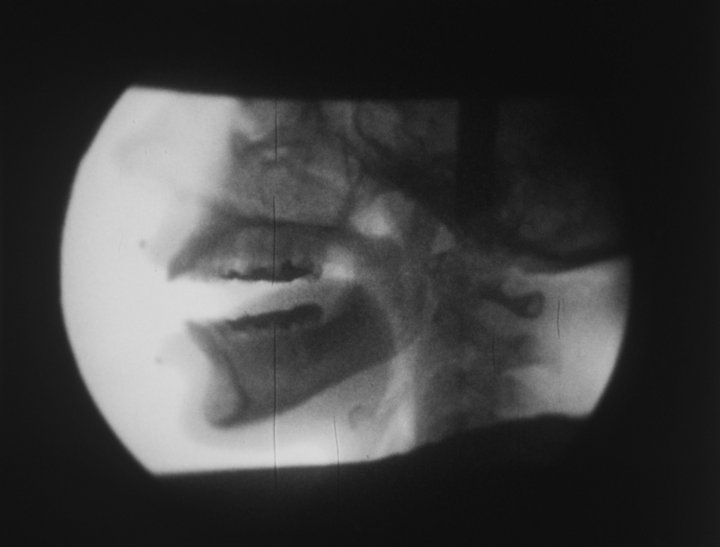
'The Shroud of Turin is an ancient linen cloth about 15 feet long by 4 feet wide (4.4 by 1.1 meters) that bears the image of what appears to be a crucified man's body. On display at the Cathedral of Saint John the Baptist in Turin, Italy, it is one of many shrouds claimed over the centuries to be the one true burial cloth of Jesus.' (Choi: 18.07.18) Fake or not the idea of the trace of a body left on the cloth is fascinating and in terms of this being a 'photograph' it is very close as a reproduction of a live image, a moment in time recorded. If it is medieval then this is still a very well preserved moment of, perhaps, an unknown man. It is a thought an artist made this shroud and what an art it is! Considering this and the work of Ana Mendieta who worked on leaving traces of her body in the landscape. Mendieta made a series of films that explored different techniques for leaving traces and these included
'video and Cinefluography (X-ray motion film)' (Tate 2020)

The X-ray is an amazing invention allowing us to literally see inside ourselves and this is what we are biologically a suit with bones and blood and nerves. I would like to explore how I can explore this further with traces of myself inside and out this could be using techniques like printing onto cloth or photographic techniques that find their way inside me....
Helen Chadwick also used her inner self and others and animals creating materiality and performance that could be horrifying and beautiful in equal measure. This work Enfleshings below she thought resembled a male torso

I am very interested in the materiality of the image and how to create that using photography. I will explore these ideas further and begin to make some samples of the work I would like to explore...
References
Choi C.Q. (18/07/18) Live Science: Shroud of Turin Is a Fake, Bloodstains Suggest
[Online]Available From: https://www.livescience.com/63093-shroud-of-turin-is-fake-bloodstains.html (accessed 09/07/20)
Tate.a (2020) Ana Mendieta: The Earth that Covers Us Speaks [Online] Available from: https://www.tate.org.uk/whats-on/tate-modern/film/ana-mendieta-earth-covers-us-speaks (accessed 09/07/20)
Tate.b(2020) Helen Chadwick: Enfleshings [Online] Available from: https://www.tate.org.uk/art/artworks/chadwick-enfleshings-ii-t06877

















